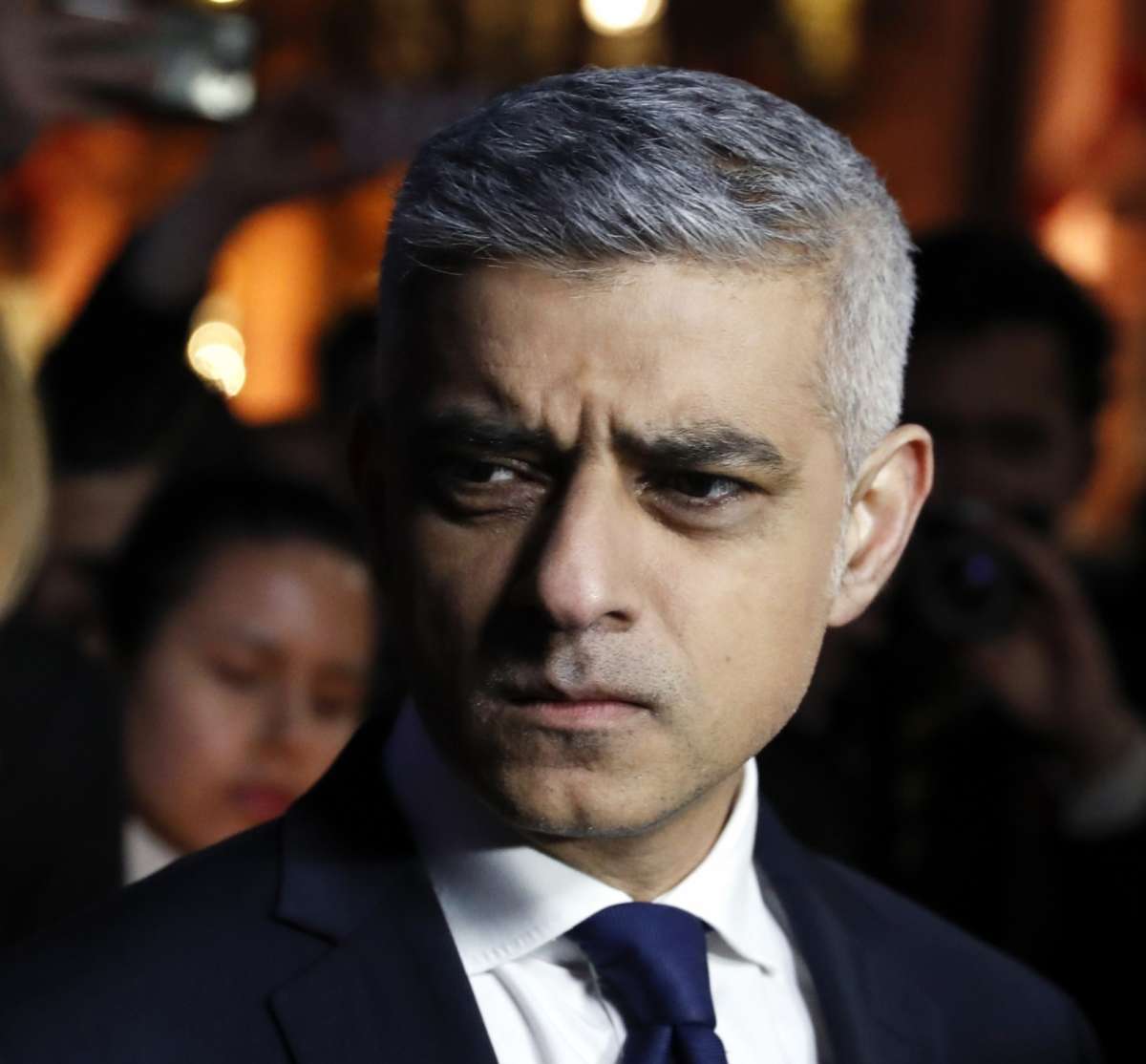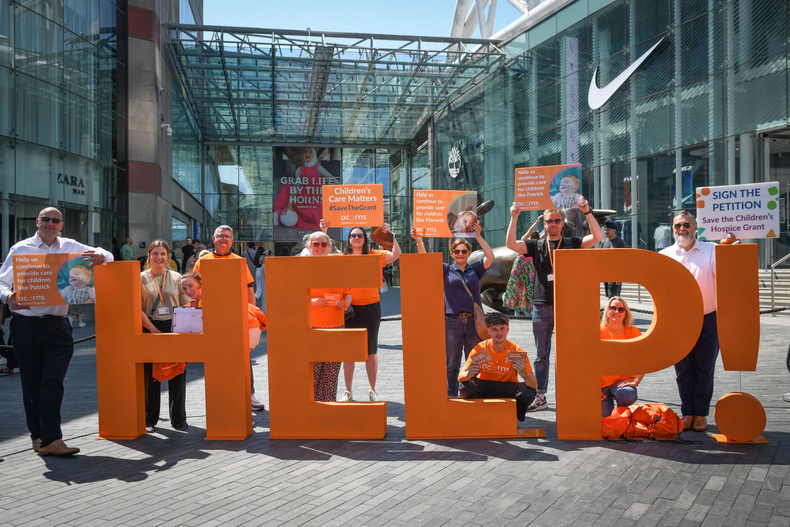New data shows Mayor Sadiq Khan’s Ultra Low Emission Zone (ULEZ) expansion strategy is working better than expected, bringing cleaner air to five million more Londoners…reports Asian Lite News
London is getting better. New data from City Hall has revealed the expansion of the Ultra Low Emission Zone (ULEZ) across the whole capital last August is working – driving down emissions and bringing cleaner air to millions more Londoners.
Data shows ULEZ expansion is working better than predicted, with London’s air quality continuing to improve at a faster rate than the rest of England and pollutant emissions in 2023 reducing dramatically, compared to a scenario without the London-wide expansion.
PM2.5 exhaust emissions from cars in outer London are estimated to be 22 per cent lower than without the expansion.
“The decision to expand the ULEZ London-wide was a difficult one, but necessary to save lives, protect children’s lungs and help reduce the risk of Londoners developing asthma, dementia and a host of other health issues,” said Mayor Sadiq Khan. “Today’s report shows that the ULEZ is working even better than expected. The expansion to outer London is already having a significant effect – driving down levels of pollution, taking old polluting cars off our roads and bringing cleaner air to millions more Londoners.”
Within the outer London ULEZ area, NOx emissions from cars and vans are estimated to be 13 and seven per cent lower than a scenario without the expansion. This is equivalent to removing 200,000 cars from the road for one year.
Overall, NO2 concentrations in outer London are estimated to be 21 per cent lower than without the ULEZ and its expansions.
96 per cent of vehicles seen driving in London as a whole are now compliant, with a 53 per cent reduction in non-compliant vehicles in only six months.
In London, around 4,000 premature deaths are attributed to toxic air each year as well as increased risks of asthma and cancer and emerging evidence of links between air pollution and dementia.
The ULEZ is the centrepiece of a range of measures the Mayor is implementing to tackle London’s toxic air, including putting a record number of zero-emission buses on the roads. These additional measures are making a difference, but all the evidence shows that clean air zones like the ULEZ are the most effective tool available to quickly and meaningfully cut air pollution in big cities.
Today’s report, which covers the first six months of the expansion across all London boroughs, shows that pollutant emissions in 2023 with the London-wide ULEZ expansion in place are dramatically lower, compared to a scenario without it:
Within the outer London ULEZ area, NOx emissions from cars and vans are estimated to be 13 per cent and seven per cent lower than a scenario without the expansion. This is equivalent to removing 200,000 cars from the road for one year.

PM2.5 exhaust emissions from cars in outer London are estimated to be 22 per cent lower than without the expansion (six per cent more than expected).
Across all measures, these impacts are aligned with, and in many cases greater than, what TfL estimated in the consultation for the outer London expansion.
NOX emissions savings in outer London now represent over 90 per cent of the total emission reductions seen in London as a result of the London-wide expansion.
The report also shows that, compared to what roadside NO2 concentrations are estimated to have been in different parts of London without the ULEZ and its expansions:
The report shows that London’s air quality at the roadside is continuing to improve at a faster rate than the average for the rest of England. In 2014, the gap in nitrogen dioxide (NO2) levels between London and the rest of England was 20 µg/m3, whereas now it is less than 5 µg/m3. The expansion brought five million more Londoners into the ULEZ, and today’s report shows that outer London – which has historically had worse air quality than the rest of England average – now has levels of pollution much closer to levels in the rest of the country.
Even in the short six-month timeframe covered by the report, roadside NO2 concentrations in outer London have dropped by up to 4.4 per cent compared to what would have been expected without the London-wide expansion of the scheme. Given the size of outer London, every percent makes a huge difference.
Compliance levels have also increased further than expected, with 96.2 per cent of all vehicles subject to the ULEZ recorded driving in London now compliant, up from 90.9 per cent in June 2023. This has been aided by the Mayor’s £210m scrappage scheme, launched in January 2023 to support Londoners to switch to cleaner vehicles, with 53,351 applications approved so far and over 300 donated to humanitarian and medical efforts in Ukraine.***
There are now fewer older, more polluting vehicles driving in London, with 90,000 fewer non-compliant vehicles detected on an average day in February 2024 compared to June 2023, representing a 53 per cent reduction in non-compliant vehicles in the first six months of operation.
Today’s preliminary data reveals significant progress, with a further report expected in early 2025 which will examine the first full year of the London-wide ULEZ expansion. The one-year report will be supported by an independent advisory group of experts and provide an even more comprehensive analysis of the air quality and traffic impacts of the scheme.
“London’s air quality is improving at a faster rate than the rest of England, and 96 per cent of vehicles are now compliant, with tens of thousands of Londoners benefitting from our scrappage scheme,” added Mayor Khan. “It’s thanks to our bold policies, including ULEZ, that we are now set to get London’s air to within legal limits by 2025, 184 years earlier than previously projected. But there’s still more to do and I promise to continue taking bold action – including more to clean up out air and rivers – as we build a fairer, greener London for everyone.”
The compliance, emissions, and concentrations impacts of the London-wide ULEZ expansion are aligned with, and in some cases greater than, TfL estimates in the consultation for the outer London expansion.
Christina Calderato, Director of Strategy at TfL, said: “London is leading the way in improving air quality, with today’s report showing that harmful NOx pollutants from cars are estimated to be 13 per cent lower than a scenario without the ULEZ. This, along with reductions from vans, amounts to a total reduction of 424 tonnes in NOx emissions. We know that toxic air is associated with increased risks of asthma, cancer and dementia, and that it disproportionately affects poorer Londoners, and those from Black, Asian and minority ethnic communities. With the greatest number of deaths attributable to air pollution occurring in outer London, it’s great to see these results since the ULEZ was introduced London-wide.”
ALSO READ-Sadiq scripts history













